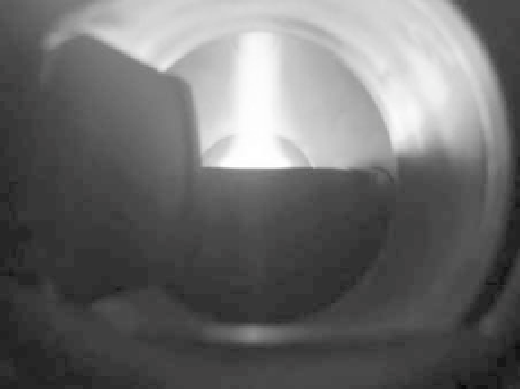Biomedical Engineering Reference
In-Depth Information
14.5
Radio frequency cathodic magnetron sputtering of titanium target
in an argon plasma.
authorized frequencies for industrial, scientific and medical applications
worldwide in order to avoid interfering with telecommunication. The basic
feature of a variety of electrical discharges is that they produce plasmas in
which the majority of the electrical energy primarily goes into the
production of energetic electrons, instead of heating the entire gas stream
(Fridman et al., 2005). These energetic electrons induce ionization,
excitation and molecular fragmentation of the background gas molecules
to produce excited species that create a 'chemically-rich' environment. Due
to their essential role, the electrons are therefore considered to be the
primary agents in the plasma.
Plasma processes provide a cost-effective and environmentally friendly
alternative to many important industrial processes because this reliable
method produces no waste products and in most cases exposes operators to
no significant hazards. Plasmas thus find well-established use in industrial
applications, however, they are also gaining more interest in the field of life
sciences, related to environmental issues (Hammer, 1999) and biomedical
applications (Frauchiger et al., 2004). Recently, the production of CNTs via
plasma-enhanced chemical vapor deposition has been reported as well
(Boskovic et al., 2005).
Gas discharge plasmas are used in a large variety of applications requiring
surface modification. Plasma processing is generally used for film deposition
and may also be used for resistant materials development (McOmber and
Nair, 1991). Surface modification by plasmas also plays a crucial role in the
microelectronics industry, in the microfabrication of integrated circuits and
in materials technology (Hino and Akiba, 2000). Actually, the versatility of
plasma technologies stems from its many advantages: different sizes, shapes,

